Addis Ababa, with its approximately four million inhabitants, is Ethiopia’s largest city and the political, financial and cultural center of the country. The city and the country’s long history as a Christian nation and independent country largely without the intervention of the colonial powers have provided a highly interesting destination with many sights.
Emperor Haile Selassie, who was overthrown by Mengistu Haile Mariam in 1974, remains a key figure for visitors to the palaces and other places symbolizing the long-standing monarchy that extends to King David. Haile Selassie was the last king, and from Mengistu Haile Mariam’s communist era there is an interesting 20th century history to look into.
Addis Ababa is home to Lucy, the most famous find of the ancient people on display at the National Museum, where you can also see and enjoy other parts of the country’s rich culture. The city’s other museums are also worth visiting, and together they provide a great introduction to Ethiopia’s history and traditions.
A trip in Addis Ababa is also a visit to a colorful city with a lot of impressions. The city center offers everything from fashionable neighborhoods, institutional buildings and government areas to daily life with small stalls, street kitchens and other things that create a memorable stay in the African capital.
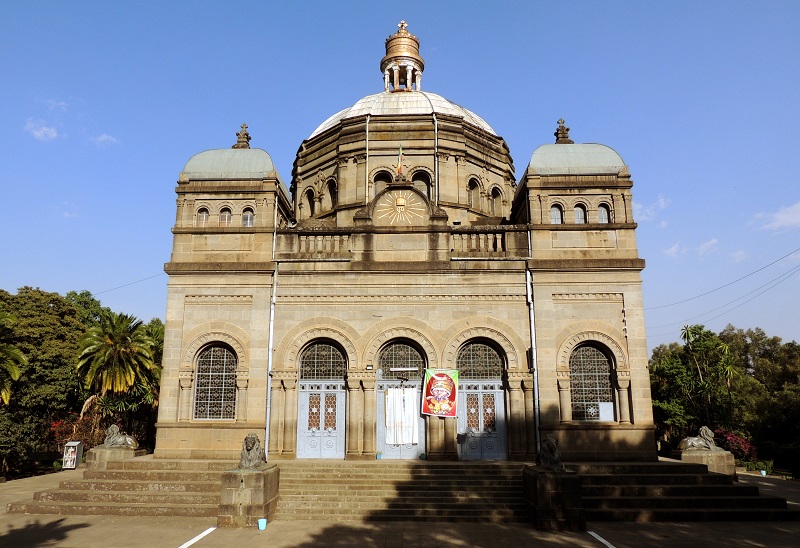
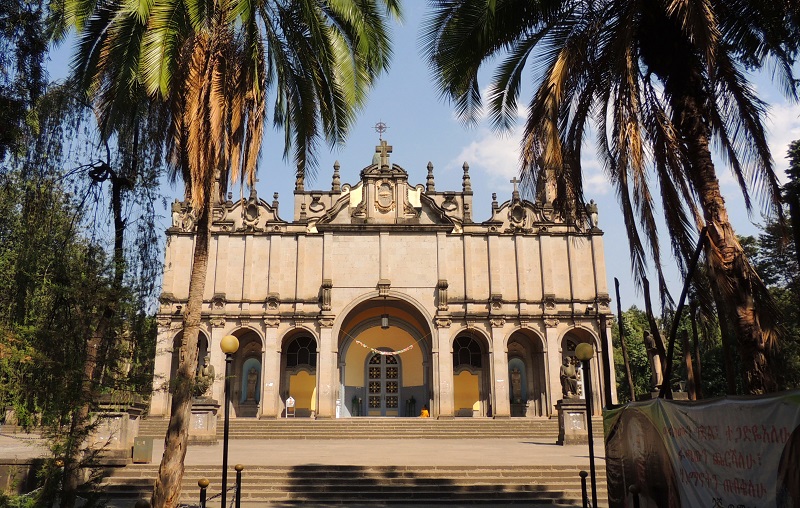

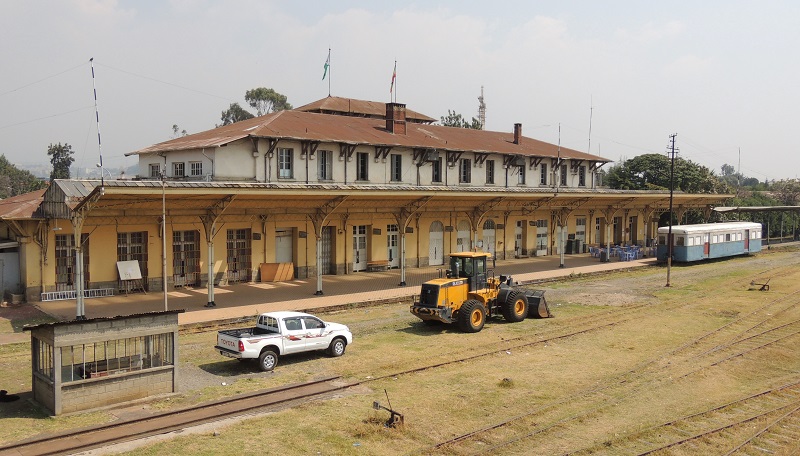

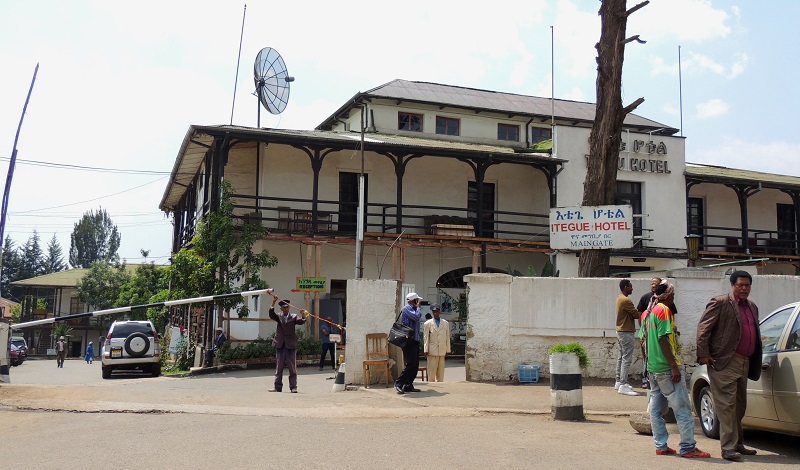
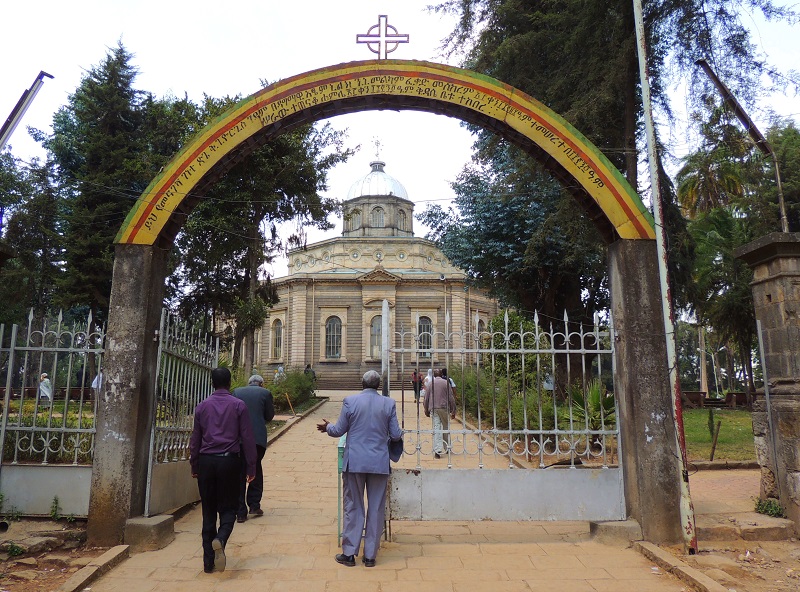

The city is founded
In comparison with Ethiopia’s long history as a monarchy and a Christian nation, Addis Ababa’s history has started relatively recently.
In various places in the vicinity of the present capital, the city has, over time, been the residence of the country’s leaders. These include Ankobar north of Addis Ababa, which was the capital of the Shewar Empire for a period of time. Yerrer is another place used as the kingdom’s political center.
In 1886, Queen Taitu Betul decided on the present site of Addis Ababa, and King Menelik II founded the new settlement that was initially intended for the mountain of Entoto, but due to insufficient water resources and firewood, the settlement was established. in the valley south of the mountain.
Taitu had a house built on the hot springs of the place, and several nobles and wealthy builders in the area around Taitu’s house, which King Menelik II had expanded into a residence palace. Menelik II was king of the Shewa province and subsequently became emperor; and at that time Addis Ababa got its name.
The city is growing
Already in the late 1880s, about 15,000 people lived in Addis Ababa, whose name means “The New Flower”, and in 1891 it became the country’s official capital instead of Entoto.
The new status provided a growing population and the need for a large number of new buildings and institutions in the city. An example is church buildings where St. George’s Cathedral was built in the 1890s.
Greater planning and planting were also undertaken in the first decades of Addis Ababa’s history. You can still see some of the many eucalyptus that Emperor Menelik II had planted along the city’s streets in 1903.
A new coin saw the light of day in the city in 1904, and it was just one of several new plants. Telephone lines, schools and cultural institutions were also established, and around 1910 more than 70,000 residents lived in the city.
Haile Selassie and several buildings
In 1917, the operation of the railway linking Addis Ababa started with the port city of Djibouti on the Red Sea. The lane opened to new traffic and new development for the city, and to this day freight continues to be driven between Ethiopia and Djibouti this way.
The following decades were also where Haile Selassie became emperor, which happened at a coronation in 1930. Selassie commissioned new palaces, and with time also several other buildings such as the city’s university, theater and church, named after Haile Selassie. .
Italian occupation
On May 5, 1936, troops from Italy invaded Addis Ababa. It happened during the Second Italian-Abyssinian War. The result was that the Ethiopian city became the capital of Italian East Africa during the period 1936-1941, during which time the country was ruled by Italy’s emissary governors.
Emperor Haile Selassie I was exiled by the Italian invasion, and after the British forces’ victory over the Italians in 1941, he was able to return home on the fifth anniversary of the exile; on May 5, 1941.
Incidentally, it is from the Italian era that one can still find the spelling Addis Ababa used in some places. It was Italy’s designation for the city.
African Union and Internationalization
Haile Selassie was one of the driving forces behind the establishment of the Organization of African Unity in 1963, and he invited the organization to head office in Addis Ababa, where it is still located; since 2002 under the name of the African Union. The Union is just one of the organizations that has its seat in the city. Another example is the United Nations Economic Commission for Africa.
By 1961, the airport in the suburb of Bole had been established, and today it has become the center of ever-increasing international traffic to, from and via Addis Ababa.
New government in the city
In the early 1970s, the population increased to over one million inhabitants, and the city spread from suburb to suburb.
It was thus in the city of population growth that in 1974 a coup against Emperor Haile Selassie was witnessed. The leadership of the country was taken over by Mengistu Haile Mariam and the communist Derg military regime.
In Mengistu’s time, the population continued to rise, and cultural institutions such as Addis Ababa Museum were built and established. Of special construction, Meskel Square was transformed into a parade ground with images of Lenin, Marx and Engels, and monuments were erected in the style of those known from other communist countries of the time.
Addis Ababa Today
In 1987, Addis Ababa became the capital of Ethiopia’s Democratic People’s Republic, marking Mengistu’s last period when the regime had gone from military rule to a one-party socialist state. His rule lasted until 1991, when the city had rounded up two million inhabitants.
Today, the country is a federal republic and Addis Ababa is the center of the Horn of Africa region with increased tourism and business in the city that is continuing to expand.
One of the ongoing projects is the construction of new infrastructure with light rail, and the airport of Bole, together with the company Ethiopian Airlines’ expansion as one of the leading African airlines, plays a significant role for the city.
Overview of Addis Ababa
Addis Ababa, with its approximately four million inhabitants, is Ethiopia’s largest city and the political, financial and cultural center of the country. The city and the country’s long history as a Christian nation and independent country largely without the intervention of the colonial powers have provided a highly interesting destination with many sights.
Emperor Haile Selassie, who was overthrown by Mengistu Haile Mariam in 1974, remains a key figure for visitors to the palaces and other places symbolizing the long-standing monarchy that extends to King David. Haile Selassie was the last king, and from Mengistu Haile Mariam’s communist era there is an interesting 20th century history to look into.
About the upcoming Addis Ababa travel guide
About the travel guide
The Addis Ababa travel guide gives you an overview of the sights and activities of the Ethiopian city. Read about top sights and other sights, and get a tour guide with tour suggestions and detailed descriptions of all the city’s most important churches, monuments, mansions, museums, etc.
Addis Ababa is waiting for you, and at vamados.com you can also find cheap flights and great deals on hotels for your trip. You just select your travel dates and then you get flight and accommodation suggestions in and around the city.
Read more about Addis Ababa and Ethiopia
Buy the travel guide
Click the “Add to Cart” button to purchase the travel guide. After that you will come to the payment, where you enter the purchase and payment information. Upon payment of the travel guide, you will immediately receive a receipt with a link to download your purchase. You can download the travel guide immediately or use the download link in the email later.
Use the travel guide
When you buy the travel guide to Addis Ababa you get the book online so you can have it on your phone, tablet or computer – and of course you can choose to print it. Use the maps and tour suggestions and you will have a good and content-rich journey.
Lion of Judea • Haile Selasse • Museums • Beautiful Churches
Overview of Addis Ababa
Addis Ababa, with its approximately four million inhabitants, is Ethiopia’s largest city and the political, financial and cultural center of the country. The city and the country’s long history as a Christian nation and independent country largely without the intervention of the colonial powers have provided a highly interesting destination with many sights.
Emperor Haile Selassie, who was overthrown by Mengistu Haile Mariam in 1974, remains a key figure for visitors to the palaces and other places symbolizing the long-standing monarchy that extends to King David. Haile Selassie was the last king, and from Mengistu Haile Mariam’s communist era there is an interesting 20th century history to look into.
About the upcoming Addis Ababa travel guide
About the travel guide
The Addis Ababa travel guide gives you an overview of the sights and activities of the Ethiopian city. Read about top sights and other sights, and get a tour guide with tour suggestions and detailed descriptions of all the city’s most important churches, monuments, mansions, museums, etc.
Addis Ababa is waiting for you, and at vamados.com you can also find cheap flights and great deals on hotels for your trip. You just select your travel dates and then you get flight and accommodation suggestions in and around the city.
Read more about Addis Ababa and Ethiopia
Buy the travel guide
Click the “Add to Cart” button to purchase the travel guide. After that you will come to the payment, where you enter the purchase and payment information. Upon payment of the travel guide, you will immediately receive a receipt with a link to download your purchase. You can download the travel guide immediately or use the download link in the email later.
Use the travel guide
When you buy the travel guide to Addis Ababa you get the book online so you can have it on your phone, tablet or computer – and of course you can choose to print it. Use the maps and tour suggestions and you will have a good and content-rich journey.





Similar to Addis Ababa Travel Guide
There are no listings matching your search.
Reset